Badminton’s Sudirman Cup, also known as the World Mixed Team Championships, is being hosted by China for the third time and on this occasion in the eastern city of Qingdao whom some experts in recent years have called the “most liveable” in the huge country. The host nation are on the verge of replicating their previous great run of three consecutive victories with a mighty troop of 20 players despite leaving off 4 names who are reigning World Champions from Paris last autumn. Our preview specialist, Aaron Wong, provides a rough guide to understanding this biennial event.
Photos: Badmintonphoto
ALL 5 DISCIPLINES TOGETHER
The Sudirman Cup is one of the prestigious titles in badminton and, strange as it may seem, it is a rather novel idea to have a major competition where all 5 women’s and men’s disciplines contribute to the ultimate result. This is the only combined team competition that everyone remembers.
Not all disciplines are created equal though. Such are the official rules that, in terms of order of play, men’s singles is weighted the most and women’s doubles the least. This development came after learning the lesson of the dead rubber between Lin Dan and Taufik Hidayat from the 2007 Glasgow edition when both players were considered at their peak and it was the most anticipated match of the week (or year for that matter) and therefore also the grandest disappointment when it did not materialise.
HOW IT WORKS
Basically how the Sudirman Cup works is there are 4 groups of countries and each country vies to come top of their group, and only the 12 countries in Group 1 have a shot at the trophy. China, unsurprisingly, are seeded first.
Group 1’s 12 countries are further divided into 4 sub-groups in a round robin competition to begin with, where we will most likely see China testing out their alternative pairings or warming up second hopefuls like Tian Qing / Tao Jiaming in mixed and Chen Long in singles against either of Japan or Germany. During the group stage, all 5 rubbers have to be played, so experimenting will be part of every coach’s plan.
The top 8 countries are really that – China, Denmark, Indonesia, Taiwan, Korea, Malaysia, Thailand & Japan – with this ranking figured out by the number of high ranking players they possess – and these 8 are almost certain to emerge into the knockout stage where things begin to get exciting and hopefully unpredictable. At the knockout stage, once one country has won 3 rubbers the tie is over.
What remains to be seen is whether Taiwan can justify their top 4 seeding and Indonesia can cling on to their legacy. Japan and Korea, both seeded 5/8, have a relatively evenly solid across the board presence whereas Taiwan are banking on their level doubles categories and Indonesia are doing without the services of several past World Champions, crucially in mixed doubles, but unlike China, they cannot afford to do without them if winning is their aim as strength in men’s doubles and singles is not enough. Addressing current and future issues simultaneously, world #3 Taufik Hidayat remarked, upon announcing his withdrawal, that Indonesia must learn to rely without them.
PLAYING CARDS
Arguably, the best match-up, whether finals or not, would be China versus Korea. It makes little difference most of the time when your country has the world #1, 2, 3 players in the same discipline to choose from as it is for China in women’s singles. Then it comes down to playing style and who has the best record against the opponent. Sung Ji Hyun (KOR) has beaten Wang Xin (CHN) and Bae Youn Joo (KOR) has never lost to Wang Yihan (CHN) so logically China will field Wang Shixian for women’s singles.
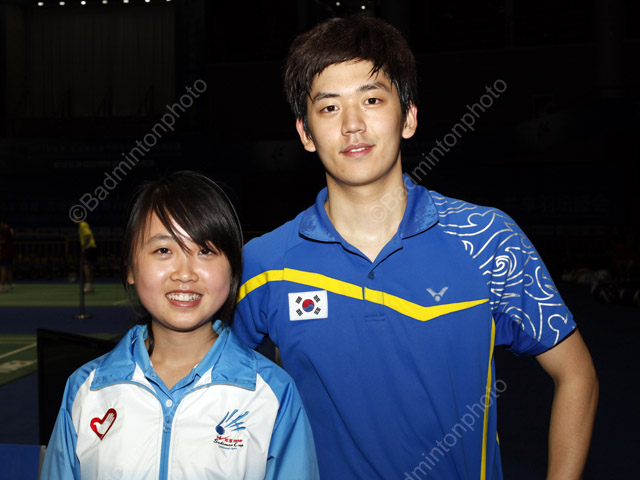
Korean star Lee Yong Dae gives a volunteer a thrill days before the Sudirman kick-off © Badmintonphoto
Playing a team competition is a bit like playing cards. When you only have one good card you have no choice except to play it when the chips are down, whereas having a couple spare good cards makes others guess. The next best chances to stand up to China are the Danes. I rate Denmark behind Korea because they only have one good card in each of women’s singles and doubles, and their men in mixed doubles have been carrying injuries plus player fatigue and the fact that a significant portion of their team is over 30 years old has to be taken into account. Korea has more players to mix and match to keep the other side guessing and also to be able to sufficiently rest their side.
CORNERSTONES
No matter which countries play each other, the first thing to be aware of is who their cornerstones are. Cornerstones are the players or event that country can depend on and sometimes also known as “the sure thing”. India’s line up is missing one of their two cornerstones which is Diju V in mixed doubles; Malaysia are missing Wong Mew Choo in women’s singles since her sudden retirement; Indonesia are missing Kido/Setiawan in men’s doubles, Hidayat in men’s singles, and most significant of all to their chances Lilyana Natsir in mixed doubles.
What’s plain to see about China is they have a cornerstone for each discipline. Apart from the Sudirman Cup, what’s interesting about China’s line up is it reveals who their selectors feel are “current” to the badminton scene and they are the team that have been most successful year in year out at grooming and pushing through new talents. In China, it is not sufficient to be talented, you also need to be chosen.
WHO IS THE OTHER FINALIST?
We can be quietly sure one of the finalists will be the hosts China. Who their opponents will be will depend largely on the knockout draw that is released mid-tournament. The key to enjoying a teams competition is revelling in the unpredictable parts and it will be because we are not asking players to win a whole tournament which is 5 matches on the trot, instead it may come down to asking them to win just one particular crucial match or match point. Not everyone can have a good week, but anyone can have a bad or an inspired day.
The key to beating China is needing to defeat their core strength which are women’s singles and women’s doubles in order to gain the psychological advantage. Think about it, Japan have beaten the Chinese in women’s doubles in the Beijing Olympics, France nearly did the same in women’s singles, and last year Korea showed it could be done in the Uber Cup. Men’s doubles can go either way. But men’s singles and mixed doubles are hardest to take off the defending champions.
![SUDIRMAN CUP 2011 Preview – Does China have the rest cornered? Badminton’s Sudirman Cup, also known as the World Mixed Team Championships, is being hosted by China for the third time and on this occasion in the eastern city of Qingdao […]](http://www.badzine.net/wp-content/uploads/Newsflash-thumbnail.png)
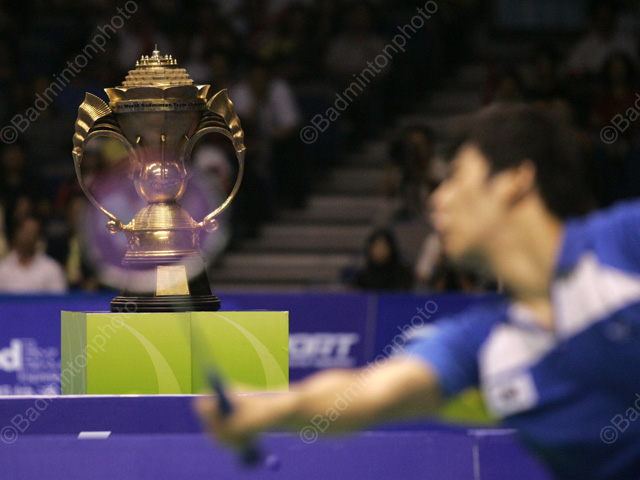
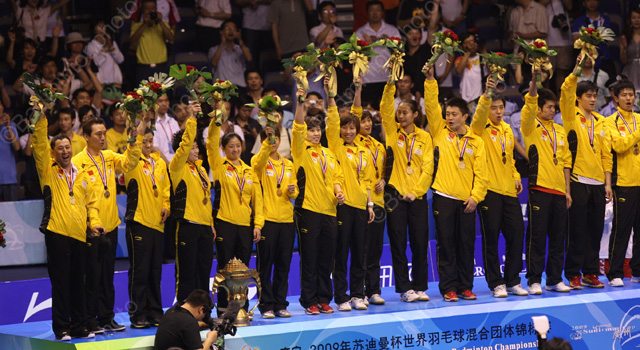
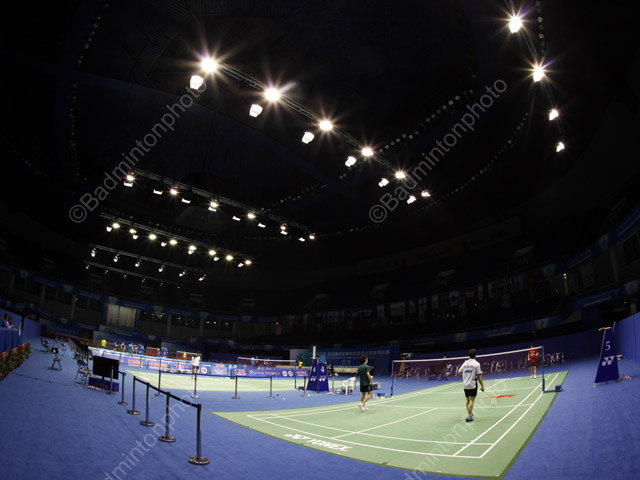
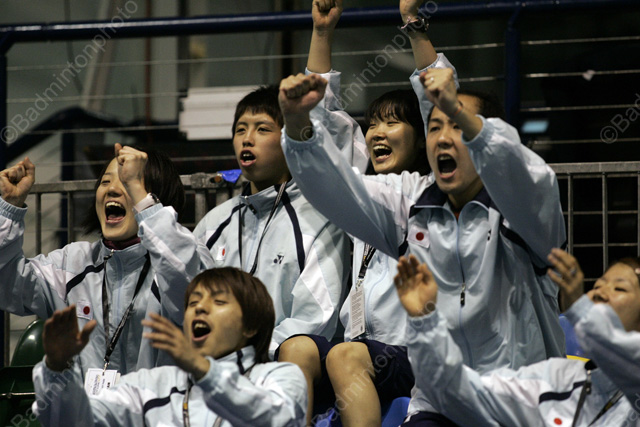

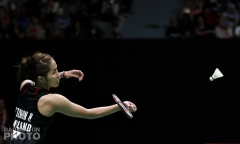
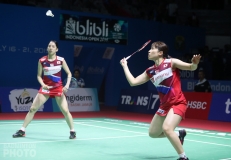
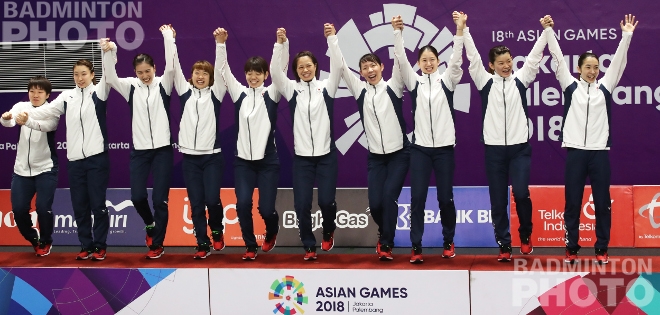
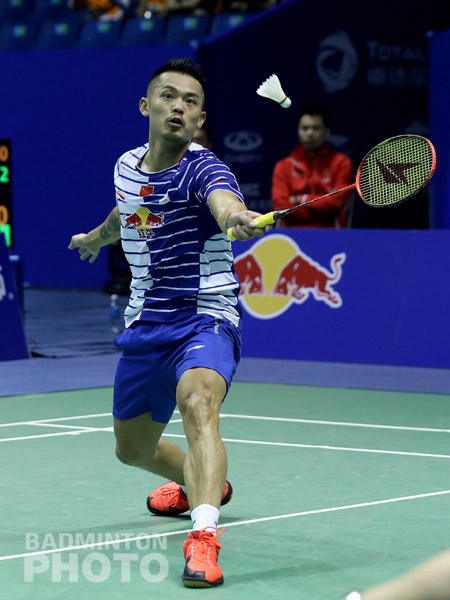
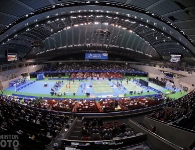

Leave a Reply